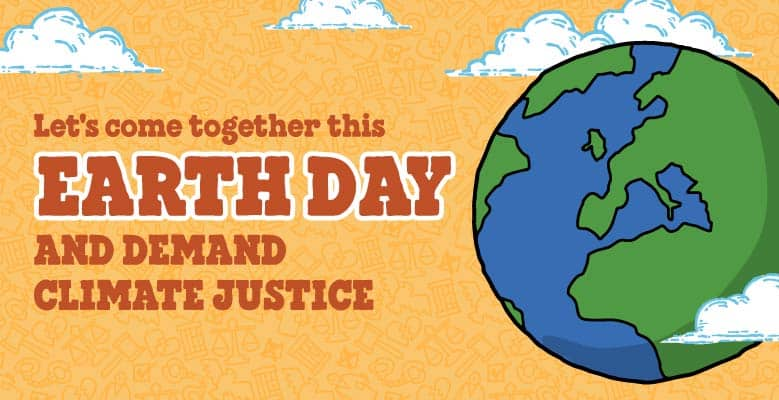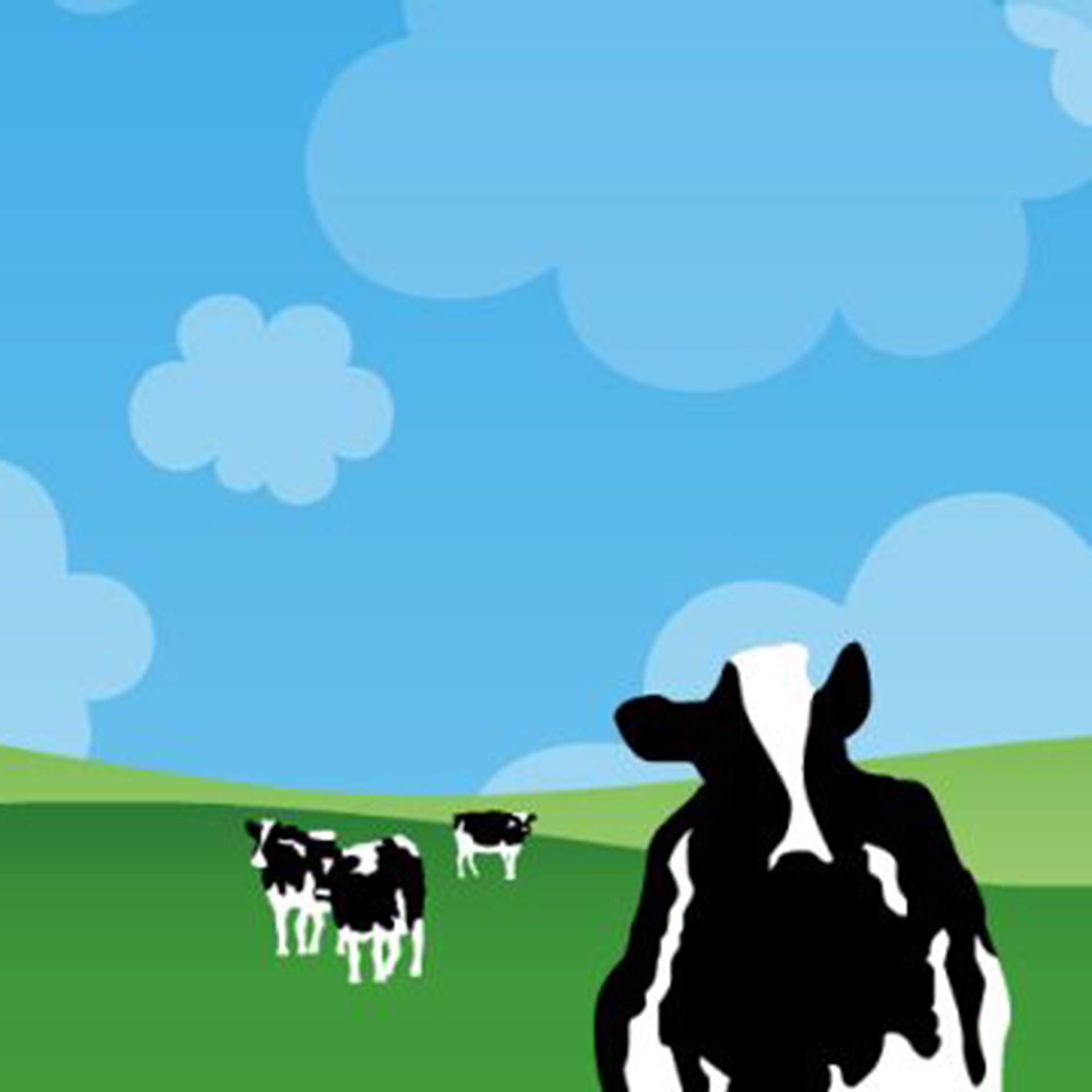April 21, 2021

We are deep in a climate crisis and we’re running out of time to do anything about it. Thanks to a couple of centuries of industrialization and deforestation and the relentless burning of fossil fuels, the climate is warming rapidly, which is having a terrible impact on the planet—and on us.
Communities of color are getting hit harder than anybody else. Why? Environmental racism. The same racist federal, state, and local laws that have allowed and even encouraged polluters to target those communities for generations have made them more vulnerable to climate change. Climate change is a racial justice issue, and any effective and equitable response to the crisis must start with ensuring the health and safety of Black and Brown people.
Let’s take a look at some recent examples of why it’s so critical to center racial justice this Earth Day.

Take Action Now!
-
The Texas Winter Storm
The deadly winter storm that hit Texas in February was a disaster for everybody in the state, but Black and Brown and low-income communities were disproportionately affected by blackouts and burst pipes.
If that were the only problem, it’d be bad enough. But the deliberate lack of investment in communities of color and low-income communities, stretching back decades, means that recovery from the storm will take longer than in more affluent areas. In many cases, people in these communities do not have enough money to make necessary repairs to their houses. Then factor in the effect of lost wages from being unable to go to work. In Texas, like everywhere else around the country, Black and Brown people are hit hardest by climate disasters, and—thanks to white supremacy and systemic racism—they have the fewest resources available to build back. While all Texans suffered through an undeniably awful experience, communities of color are being left behind as well-to-do communities rebuild and move on.
-
The California Wildfires
A record-shattering year of wildfires made life miserable for many Californians. But it was even worse for people of color who suffer from asthma as a result of living in some of the state’s most polluted communities.
Studies show that exposure to smoke from wildfires leads, unsurprisingly, to an uptick in ER visits for lung and heart complaints. That’s true for everyone, no matter where they live. But Black and Brown people are more at risk because the higher-than-average rates of pollution in the neighborhoods where they live has already made them sick. Thanks to racist zoning and political dealmaking, factories, dumps, and other toxic sites are located far more often in communities of color than they are in majority-white neighborhoods. Breathing in factory smoke or grit from freeways leads to high rates of asthma among Black and Brown children, making them particularly vulnerable to respiratory distress. Unfortunately for all of us, but especially for those living in ignored and neglected neighborhoods, the kind of wildfire season we just saw has become the new normal.
-
The Atlantic Hurricane Season
Multiple storms devastated Black and Brown communities along the Gulf Coast last year, resulting in flooding, blackouts, and the release of even more pollution in an area with the highest levels of toxic pollution in the US.
Warmer waters are supercharging the hurricane season, leading to more, and bigger storms. Rising ocean levels have also made coastal communities more vulnerable to storm damage. Add to this the fact that many communities of color along the Gulf Coast have seen pollution increase dramatically as more and more factories and refineries get built in their neighborhoods. So now these massive hurricanes have become toxic, pollution-spreading mega-events, leaving communities not only devastated by powerful winds, extreme flooding, and the high cost of rebuilding their homes, but by the long-term health effects caused by increased levels of pollutants in the ground they walk on, the water they drink, and the air they breathe.
Changing Our Approach to Fighting Climate Change
For far too long, environmental activism didn't center racial justice. We must change this. We can’t save the planet if we don’t first dismantle systems of injustice that target communities of color.
President Biden has taken some significant steps in the early days of his administration that show he understands what’s at stake. The executive orders he has signed make it clear that the federal government is now treating climate change like the crisis it is. And by bringing people from historically marginalized communities to the table, he’s indicated that he understands the unique harm the climate crisis is doing to Black and Brown people and that their expertise must be elevated as we take action.
That’s good news, because right now, with a massive pandemic-relief/economic rescue package just signed into law and an even larger infrastructure proposal still taking shape, we have a once-in-a-lifetime opportunity to rectify some of these historic injustices while creating a cleaner, greener, and more equitable future. This Earth Day, we all need to join the fight for climate justice.

Recent Articles

